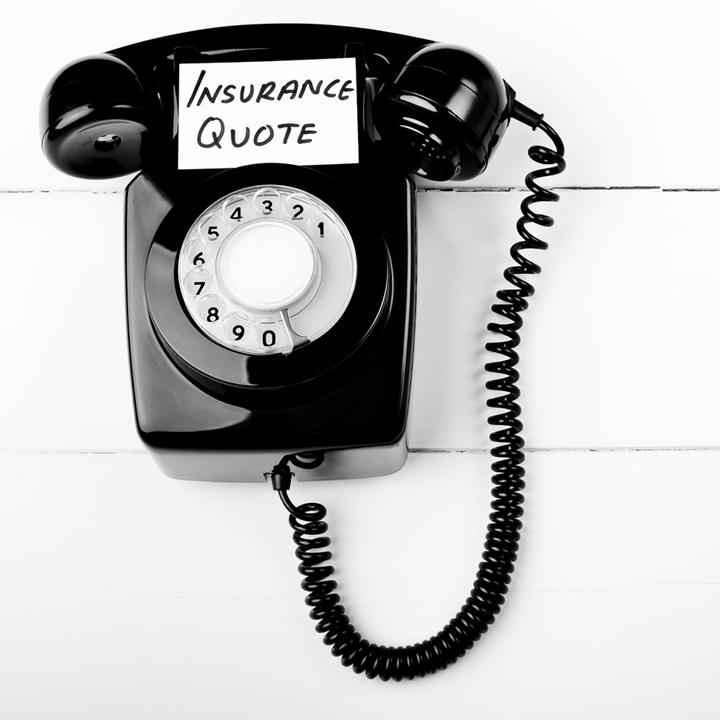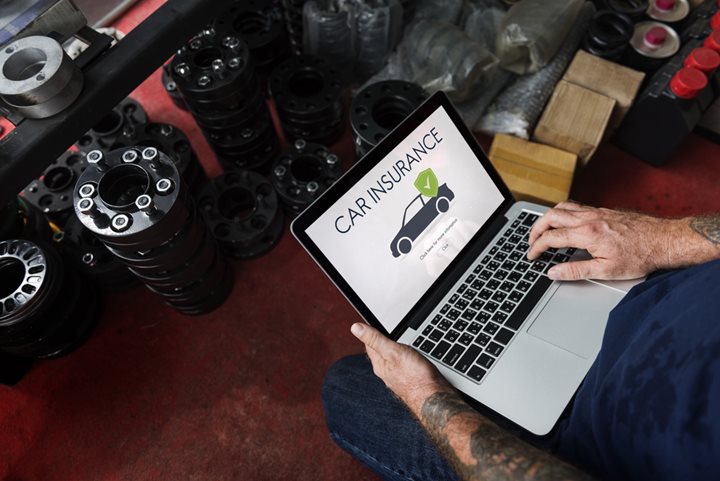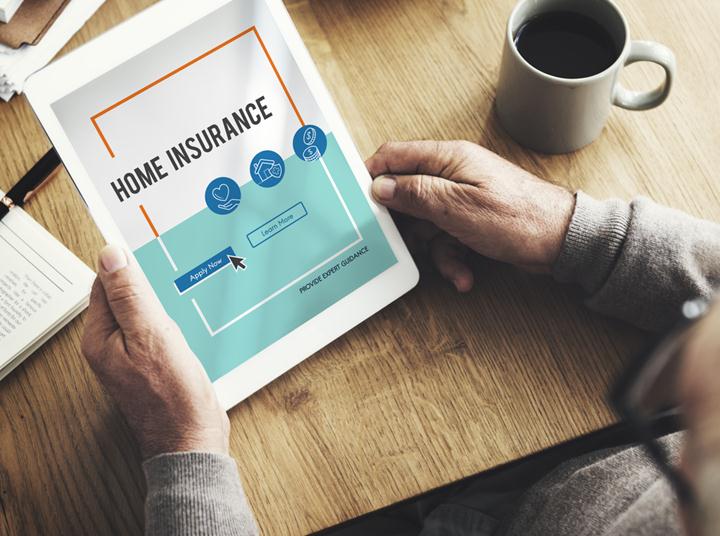Car insurance, for many of us, is a necessity. Unfortunately, only some of us understand it fully.
Numerous insurance companies are looking to serve you, each with an exclusive insurance package. However, even with this diversity, it is hard to evaluate policies and come up with a cheap, yet functional package.
8 Ways to Find Cheap Insurance for Your Car
1. Compare and contrast insurance prices
While many insurance firms invest heavily in commercials claiming to offer the lowest rates, what is surprising is that the same firm may offer similar covers to different clients at varying prices. No insurer offers the lowest rates for every car owner. What works for you may not work for another.
Shopping around is the best way to land the cheapest deals. Apparently, by failing to compare insurance options, drivers lose about $416 annually. Moreover, another study outlines that 38% of car owners in America have not been comparing their insurance costs for as far back as three years.
2. Don’t overlook smaller (regional and local) insurers
It is easy to get carried away by the large insurance providers such as Geico, Allstate, and State Farm. However, even the smaller insurance firms offer great deals; some also boasting better ratings and lower rates than their larger counterparts.
3. Look out for discounts
Insurers offer their clients various discounts for various reasons:
- Bundling their vehicles with additional policies like homeowners insurance
- Insuring multiple cars with a single policy
- Maintaining a clean (driving) record
- Paying their whole premium (6 or 12 months) in a lump sum
- Consent to receiving documents online
- Vehicles with specific safety or anti-theft features
- Boast membership to particular affiliate groups or organizations
Nonetheless, multiple discounts should not sway you from comparing package prices.
4. Improve your credit score
Except for Massachusetts, Hawaii, and California, your credit score plays a vital role in your overall auto insurance quote. Having poor credit can significantly increase your overall car insurance rates annually as opposed to having good credit, according to a Nerd Wallet analysis. To land cheaper insurance, improve your credit by minimizing your debts and paying your bills promptly. Also, monitor your credit score continually to track your progress.
5. Consider insurance costs when buying a car
Besides the usual considerations such as repair costs and fuel efficiency, it is also advisable you take into consideration insurance premiums when purchasing a vehicle. In an analysis by Nerd Wallet, the cars which attract the lowest insurance rates include Jeep Cherokee, Honda CR-V, and Subaru Outback.
6. Comprehensive or collision coverage is not for your older vehicle
The comprehensive package covers repairs in the car caused by animal crashes, weather, vandalism, fire, and flood. Additionally, it also pays for car theft. For collision packages, it covers damage on your vehicle after an accident between your vehicle and an object, obstacle, or another vehicle. However, under each policy, the maximum payout is limited by the car’s value based on whether it is stolen or totaled. As such, it is not realistic to enroll in such packages for an older vehicle with a low market value already.
7. Opt to raise your deductibles
You can save a lot of money if you get collision and comprehensive coverage and opt for bigger deductibles. Note that liability insurance, which covers the damage you cause, has no deductible.
8. Tryout pay-per-mile or usage-based insurance:
Usage-based programs, like Progressive’s Snapshot, or Drive wise by Allstate, are an option you should consider if your driving is safe and you don’t accumulate many miles. Buying this package allows the firm to track your driving and in an exchange offer, you save money based on how well and how far you drive. Mileage-Based insurance like Metromile, for instance, can help you cut your costs if you drive below 10,000 miles annually.
Featured Image: depositphotos/ gustavofrazao









